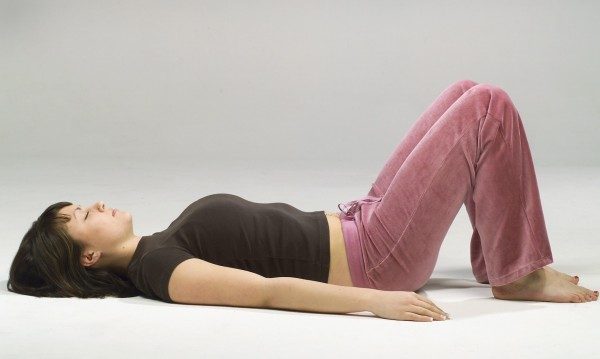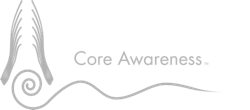The Psoas muscle (pronounced so-as) is the core muscle of the human body. Attaching to the spine at the 12th thoracic vertebrae (T12) and to each of the 5 lumbar vertebrae, the psoas flows through the pelvis it inserts into the lesser trocantor of the femur (leg) bone. A large massive muscle it is located one on each side of the spine and serves as a bridge between the trunk and the legs. The psoas is the only muscle to attach the spine to the leg allowing for free swing during walking.
 Located at the very core of the human organism, closest to the gravitational force the psoas affects structural balance, muscular integrity, flexibility, strength, range of motion, joint mobility, and organ functioning. It is the integration of the deepest core with the external that brings muscular synchronicity, co-ordination and suppleness. Its’ relationship to the diaphragm affects the breath and as part of the fear reflex – a sense of emotional well-being. In every way personal integrity is dependent upon and reflected the supple dynamic psoas muscle.
Located at the very core of the human organism, closest to the gravitational force the psoas affects structural balance, muscular integrity, flexibility, strength, range of motion, joint mobility, and organ functioning. It is the integration of the deepest core with the external that brings muscular synchronicity, co-ordination and suppleness. Its’ relationship to the diaphragm affects the breath and as part of the fear reflex – a sense of emotional well-being. In every way personal integrity is dependent upon and reflected the supple dynamic psoas muscle.
Understanding the complexity and interdisciplinary functions of the psoas helps the Pilates/ Exercise/Yoga instructor or participant maintain core integrity and prevent injury. Functioning as a hip flexor, rotator, guy wire, hydraulic pump and flee/fight reflex, awareness of the psoas muscle brings a deeper, more wholistic balance.
It is detrimental to the psoas to be used as an anchor or muscular lock to achieve range of motion. Suggestions of pushing the navel to the spine, pressing the lower back or pelvis to the floor for support are all cues that suggest locking the core for structural support. Stabilizing the core by anchoring at T12 limits the functioning of the psoas and prevents it from working as an integrated muscle. For proper skeletal support to be achieved teaching tools such as the use of imagery also needs to reflect the muscles complexity. Only by engaging a released psoas muscle can you begin to unravel core tension patterns and lengthen external muscles.
The Psoas Book by Liz Koch seeks to educate and inform the reader of all aspects associated with the psoas. Simple to read it provides a wealth of information for instructor and client.

